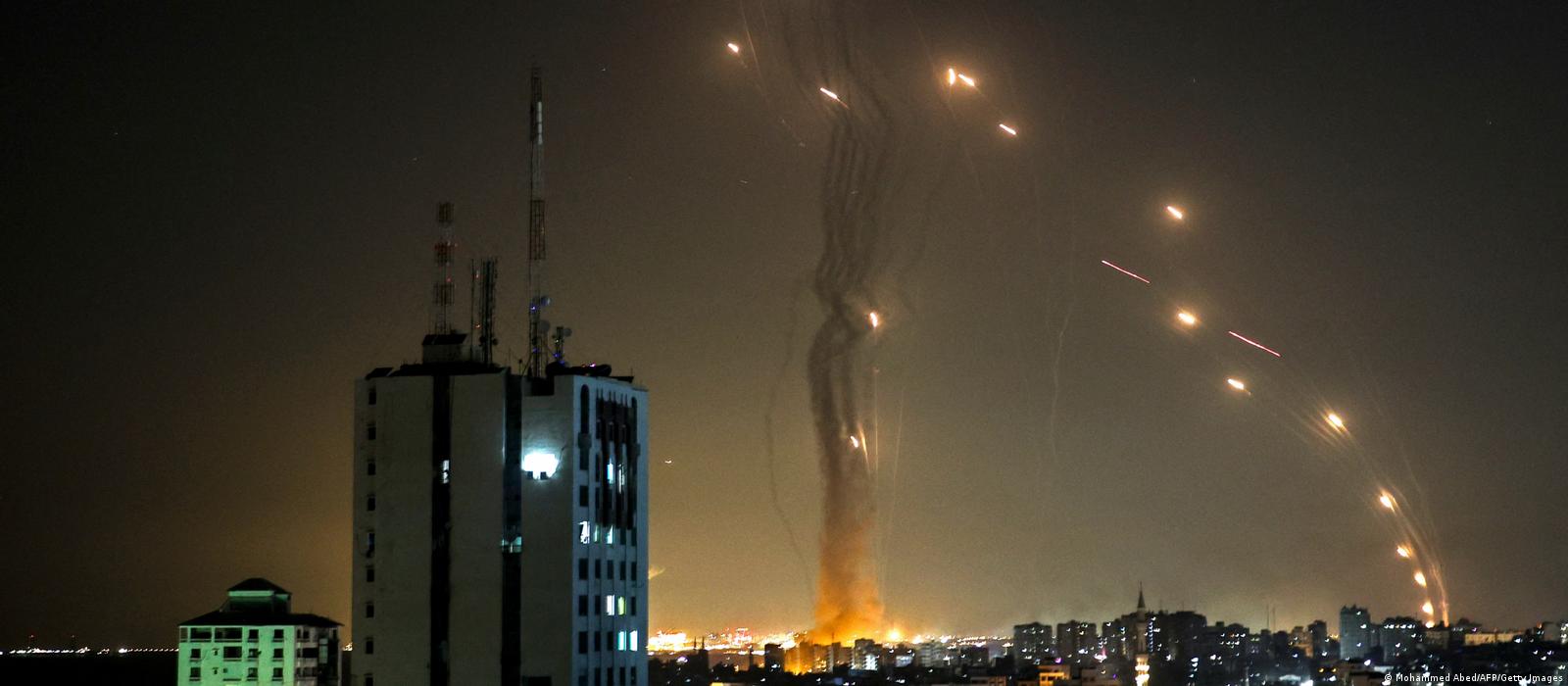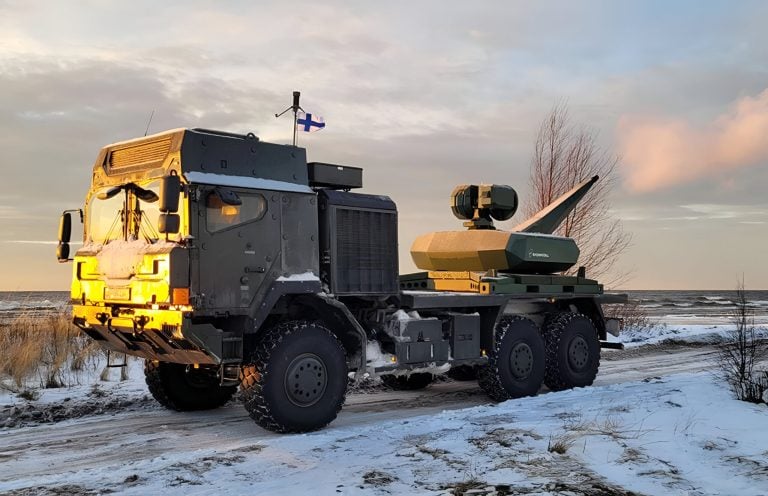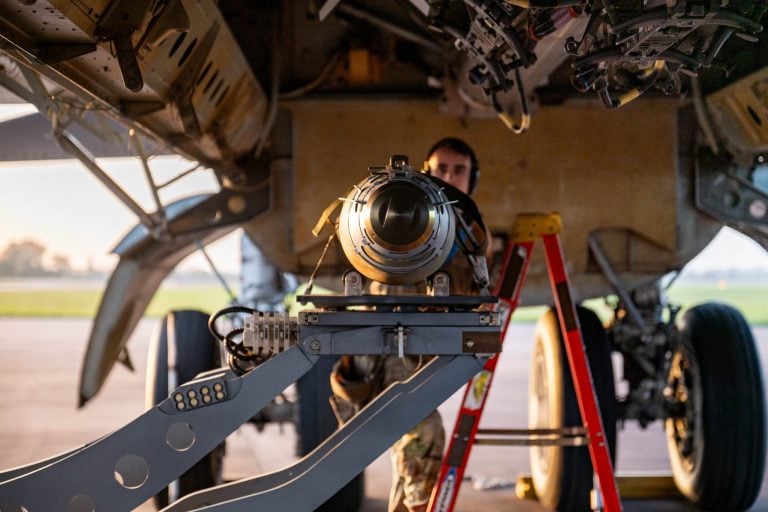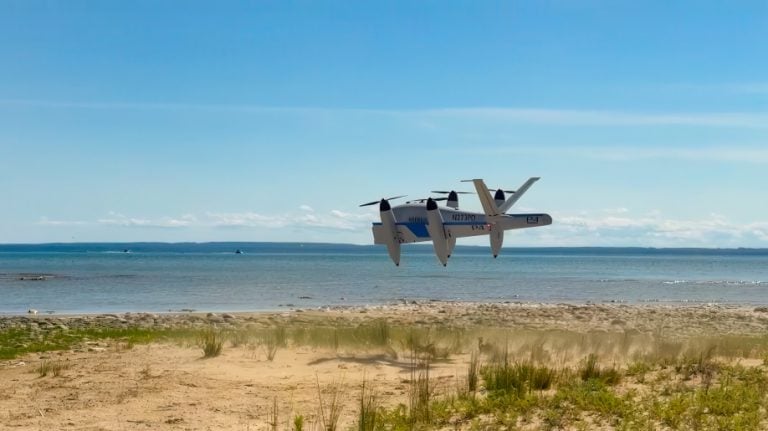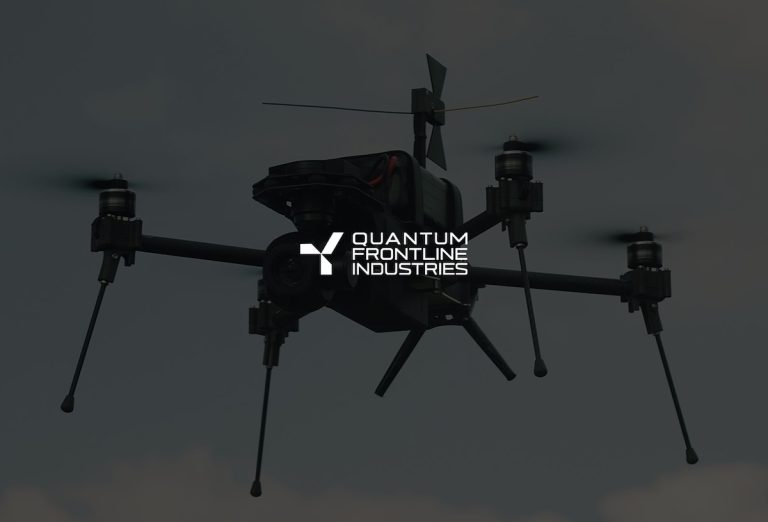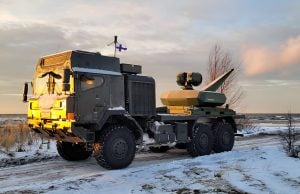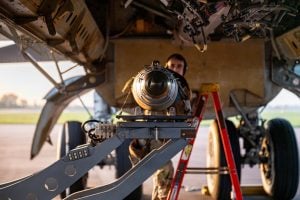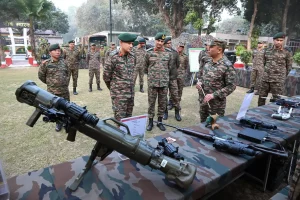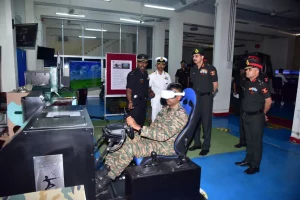In a significant advancement for South Korea’s defense capabilities, Hanwha Systems has been awarded a contract worth 131.5 billion won (approximately $91 million) to develop the radar system for the nation’s Low Altitude Missile Defense (LAMD) system. Known as the “Korean Iron Dome,” this project aims to enhance the country’s protective measures against North Korea’s burgeoning missile threats, with the radar’s development expected to be completed by November 2028.
The LAMD system, initiated in 2021, was designed in response to the worrying array of long-range artillery threats posed by North Korea. This next-generation radar prototype is projected to go beyond the capabilities of Israel’s renowned Iron Dome, which has become synonymous with effective air defense.
The multi-function radar being developed will incorporate a variety of features critical for modern warfare scenarios. It is engineered to manage multiple simultaneous targets, demonstrating proficiency in densely populated threat environments. The radar will integrate functions for detection, tracking, electronic warfare, missile guidance, and distinguishing between friendly and hostile forces. Importantly, it will also confirm intercepts against numerous targets, enhancing its tactical utility on complex battlefields.
Additionally, the radar’s capabilities are designed to process and monitor hundreds of missiles and rockets in real-time, even when they approach in clusters over confined spaces. This advanced functionality is crucial for providing effective defense against the barrage of low-flying, short-range rockets and artillery shells that are often difficult to intercept.
More broadly, the Korean Iron Dome aims to be the “final shield” for strategically important installations in the capital area. This ambitious initiative comes amidst South Korea’s commitment to bolster its defensive infrastructure, with the government planning to invest a total of 2.89 trillion won (around $2.56 billion) into the LAMD project by 2028. As tensions in the region continue to evolve, the development of this radar system reflects South Korea’s proactive approach to improving its national security posture.
